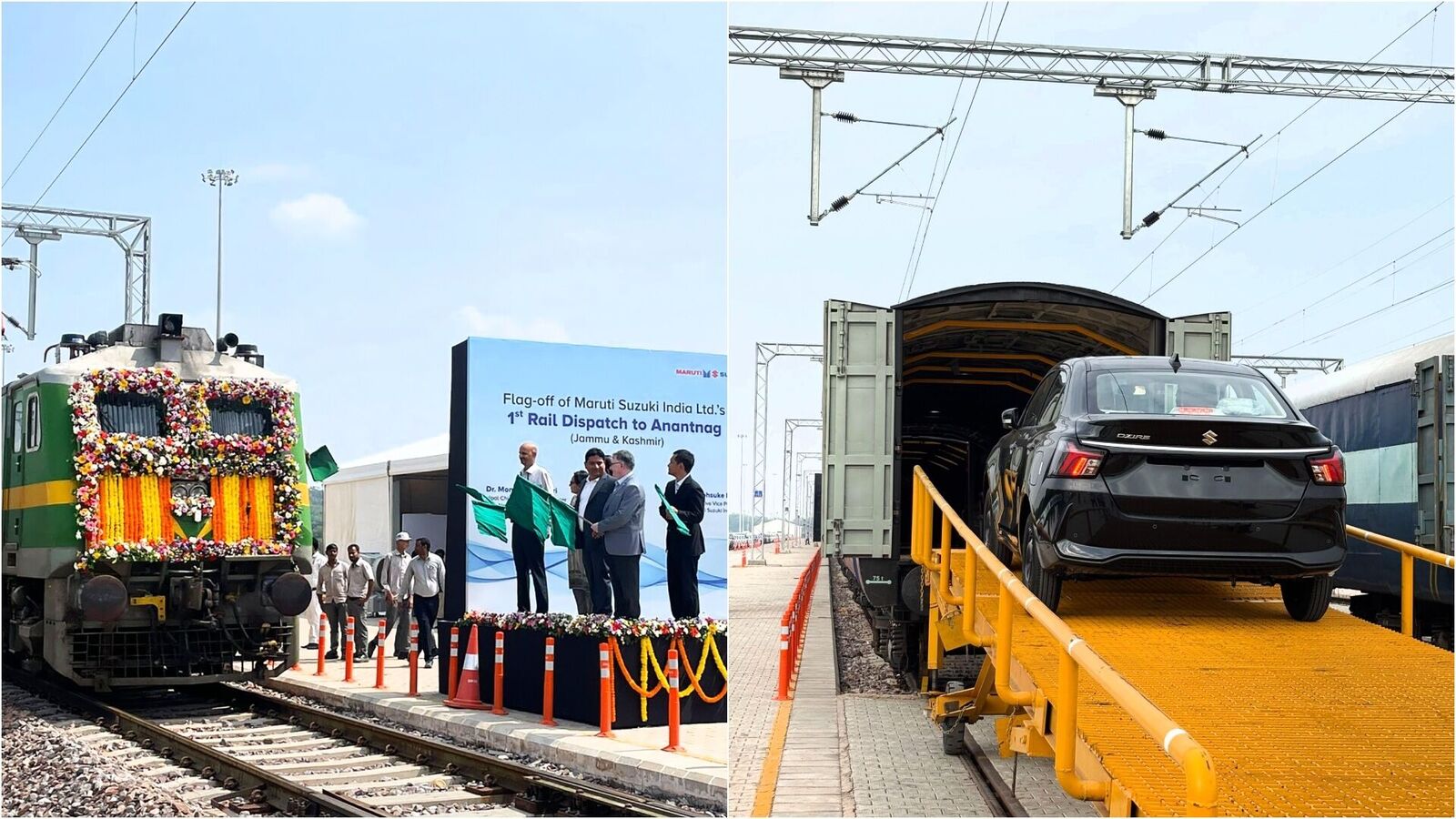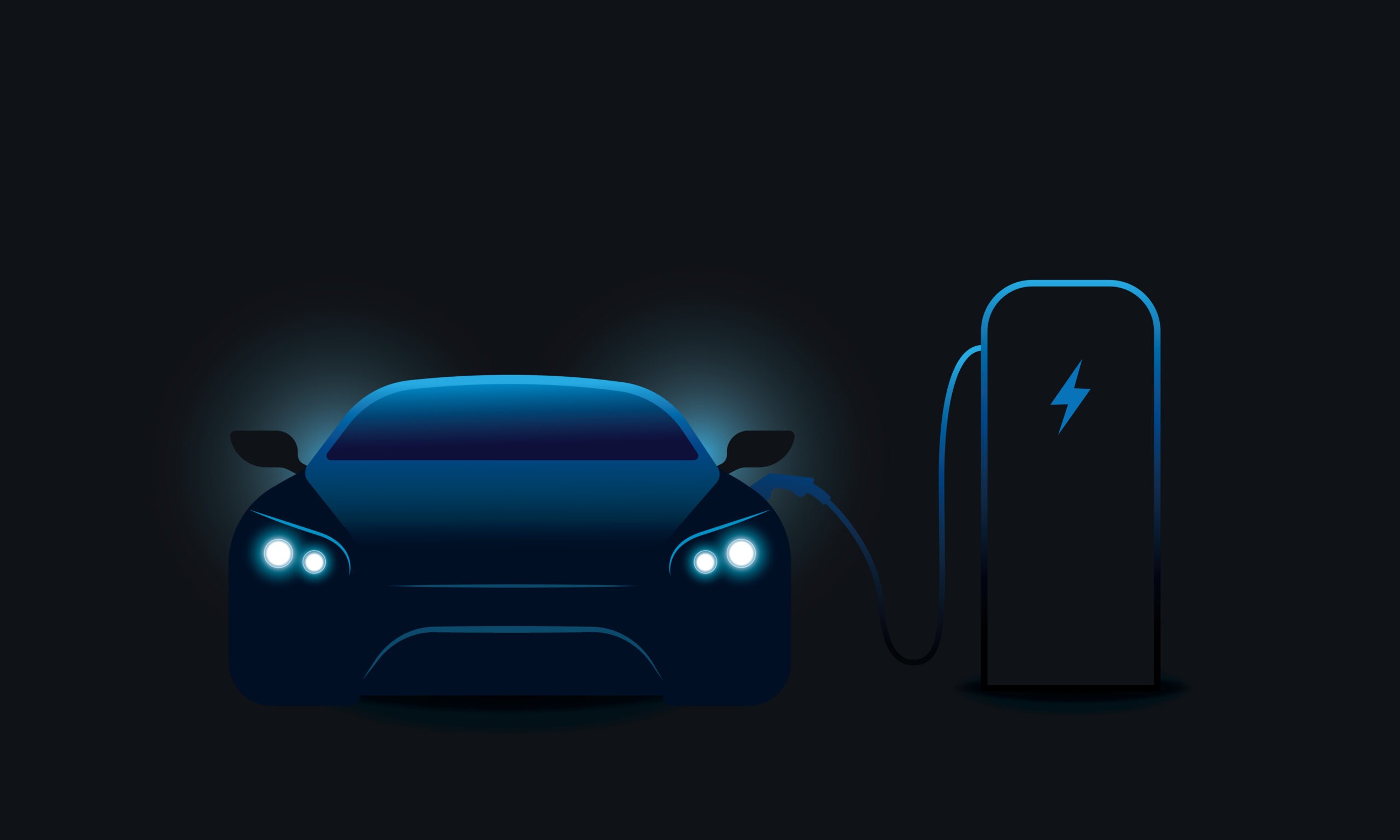Overview
ISUZU UTE AUSTRALIA (IUA) has replaced its short-lived turbocharged 1.9-litre four-cylinder diesel engine with a cleaner, more efficient, and larger displacement unit.
Available alongside the flagship 4JJ3-series turbocharged 3.0-litre four-cylinder diesel, the new RZ4F-series 2.2-litre engine will be offered across the MU-X and D-Max range from 1 October, with pricing from $36,990 plus on-road costs.
Outputting 120kW/400Nm and paired exclusively with an eight-speed automatic transmission, the 2.2-litre unit provides the same 3500kg braked towing capacity as the 3.0-litre alternative and arrives with a suite of model-year updates that will be applied across the range.
IUA says the new engine is capable of returning a combined cycle fuel consumption figure of as low as 6.3 litres per 100km. It is capable of generating 255Nm of torque from just 1000rpm – an increase of 60 per cent over the outgoing 1.9-litre mill.
In terms of equipment, we find the MU-X LS-M 4×4 (from $49,900 plus on-road costs) arrives with a locking rear differential, idle-stop technology, an electric parking brake with auto hold functionality, an 800mm water wading depth, 230mm of ground clearance, and approach, break-over, and departure angles of 23.4-, 19.1-, and 27.6 degrees respectively.
Cargo space continues to measure 311 litres in seven-seat mode, 1119 litres in five-seat mode, and 2138 litres all told.
Equipment highlights include 17-inch alloy wheels with all-terrain tyres, black exterior garnishing, carpeted flooring, a polyurethane steering wheel rim and gear shift knob, cloth upholstery, keyless entry and ignition, rear parking sensors, reversing camera, rain-sensing wipers, and dusk-sensing LED lighting front and rear.
The variant further includes an 8.0-inch infotainment touchscreen with DAB+ digital radio reception, wireless Apple CarPlay and Android Auto connectivity, Bluetooth telephony, and four-speaker sound. USB-A and -C power outlets are fitted front and rear.
For the MU-X LS-U (from $62,900 + ORC) we find a modest change in ground clearance (235mm) and off-road geometry (24.0 degrees approach, 19.6 degrees break-over, and 26.9 degrees departure) due predominantly to the fitment of 18-inch alloy wheels and highway-terrain tyres.
Powered and heated wing mirrors also join the kit list, alongside tyre pressure monitoring, body-colour exterior door handles, a black and titanium carbide finished grille, magnetite coloured side steps and roof rails, rear privacy glass, chrome window framing, a leather wrapped steering wheel rim and gearshift knob, electric driver’s seat lumbar support and six-way adjustment, model-specific instrument panel detailing, and walk away locking.
The infotainment bundle upgrades to a 9.0-inch touchscreen with satellite navigation, voice recognition, and eight-speaker sound, while the LS-U further adds dual-zone climate control, LED front fog lights, front parking sensors, and a powered tailgate.
Finally, for the range-topping MU-X LS-T (from $71,400 + ORC) Isuzu has added 20-inch alloy wheels with highway terrain rubber, leather-accented upholstery, heated front seats with power adjustment, LED ambient cabin lighting, a 360-degree camera system, and remote engine start.
Moving across the Isuzu D-Max range we find the opening SX grade (from $36,200 + ORC) again offered with the choice of two- and four-wheel drive, 800mm of water fording ability, 235mm of ground clearance, 3500kg of braked towing ability, and 1350kg of payload capacity.
Rough Terrain mode is offered on 4×4 models, the SX line-up further including a urethane steering wheel rim and gear shift knob, USB-C and -A power outlets, vinyl flooring, cloth upholstery, a 4.2-inch multi-information display (on the instrument panel), and an 8.0-inch touchscreen infotainment array with DAB+ radio reception, wired and wireless Apple CarPlay and Android Auto connectivity, and four-speaker sound.
Other SX grade highlights include 17-inch alloy wheels with all-terrain rubber, rain-sensing wipers, dusk-sensing halogen headlights with auto high beam, and tailgate assist struts (pick-up).
For the flagship of the 2.2-litre range, the D-Max X-Rider (from $59,500 + ORC), we find higher grade cloth upholstery, LED exterior lighting, rear parking sensors, black and dark grey exterior trim, black interior garnishing, 17-inch wheels with all-terrain tyres, X badging, a black tonneau cover, and a satin black finished sports bar.
Safety features across the D-Max and MU-X ranges are extensive, with eight airbags, adaptive cruise control, autonomous emergency braking, blind spot monitoring, driver monitoring, emergency lane keeping, lane departure warning, lane keep assist, rear cross-traffic alert, traffic sign recognition, trailer sway control, and more.
ISOFIX and top-tether child seat anchorages are fitted where relevant.
IUA will offer the 2.2-litre powered MY25.5 MU-X in a choice of eight exterior finishes and the D-Max in nine. Colour options include Basalt Black, Magnetic Red, Mercury Silver, Mineral White, Moonstone White, Neptune Blue, Obsidian Grey, Slate Grey (MU-X XT only), Sunstone Orange (Blade and X-Terrain only), and Wolfram Grey (D-Max X-Rider, LS-U, LS-U+, and X-Terrain only).
Accessory highlights for the incoming MU-X and D-Max ranges include a tow bar (+$1239), electronic brake controller (+$948), and rear canopy (+$1239, pick-up models only).
Scheduled servicing intervals and pricing remains relatively unchanged with 12-month/15,000km maintenance visits available at the fixed price of $469 per annum.
All IUA models are backed by a six-year warranty and up to seven years of roadside assistance.
Driving Impressions
There’s a saying Australian buyers seem to have adopted as gospel when buying just about any vehicle old or new: There’s no replacement for cubic displacement.
And while in bygone times that might well have been the case, modern engine technology ensures the “bigger is better” mentality is now something of a fallacy.
Case in point is the new turbocharged 2.2-litre four-cylinder diesel offered across the Isuzu D-Max and MU-X ranges. A thoroughly modern engine, it offers power and torque figures nearing that of the larger 3.0-litre unit, which continues to remain available for now…
With 120kW and 400Nm on offer, the new engine is just 20kW and 60Nm behind its larger displacement sibling.
Further, it utilises a more refined Aisin-sourced eight-speed transmission in lieu of the six-speed unit found behind the 3.0-litre. The broader ratio spread offers far smoother acceleration and easier downshifting when climbing grades or passing.
It’s the sort of engine that, driven back-to-back against the 3.0-litre, you’d be hard pressed to pick apart. If anything, it’s quieter and better able to use its low-end torque to deal with daily running. In fact, the only real differences noted on test came from towing a 2200kg camper.
On steep grades the 2.2-litre engine required full throttle to maintain pace and offered less engine braking on the following downhill run. The latter can be addressed by shifting the transmission manually, but we were surprised the shift logic was not as sharp as it was unladen, something those who tow frequently may notice too.
Pleasingly, Isuzu Ute Australia continues to offer its dependable 3.0-litre engine as an alternative for those who need the extra grunt on a regular basis.
If you don’t tow often and prefer a more refined diesel powerplant that’s also more efficient, then give the 2.2-litre a go.
On test, we used an average (between D-Max and MU-X models sampled) of 8.2L/100km in mixed urban and rural conditions, and 8.8L/100km in low-range four-wheel drive conditions.
When towing, that figure jumped to 11.4L/100km – which still isn’t bad when you weigh it against the likes of the strong-selling Toyota HiLux (as just one example).
Conversely, buyers might find Isuzu’s 2.2-litre engine lacks the get-up-and-go of Ford’s bi-turbo 2.0-litre, which remains an excellent choice for those in need of a medium duty SUV or ute. It really just depends on your budget, and the usage case for your individual needs.
And that’s perhaps the best argument Isuzu has in offering the 2.2-litre engine locally. Here is a choice that is ideally suited to buyers who only tow a heavy trailer on the odd occasion, but who still want the spaciousness and capability the D-Max and MU-X offer.
With a raft of competition in the segment delivering smoother and more refined drivelines than ever before, Isuzu’s move to do the same is highly commendable, and is one we think will suit the majority of Australian buyers – provided they can get that “bigger is better” notion out of their heads.




